Achieving universal health coverage is far away for Nepal due to poor targets, ineffective implementation of health schemes and existing barriers to seek health services from health facilities. In one hand, there is high burden of disease in the country, on the other, citizens are highly reliant on Out-of-Pocket (OOP) expenditure while seeking health services. These two contrasting realities demands ambitious health targets and robust health system to deliver.
Before talking about financial aspect, which is a key to people’s access to health service in the country, lets begin with country’s burden of disease. Non Communicable Diseases (NCDs) are an increasingly important contribution to the burden of disease in Nepal. According to Nepal Burden of Disease report 2017, 66% of deaths in Nepal were due to NCDs. However, Dr Krishna K. Aryal, one of key contributor for Nepal Burden of Disease study 2019 (yet due to be included in national report), recently presented at a conference that NCD’s contribution to mortality has further increased to 71 percent in 2019. Smoking, high systolic blood pressure, household air pollution, ambient air pollution and high fasting plasma glucose have been found key risk factors of death in 2019.
Burden of disease is high in the country but as a citizen of lower-middle-income country, accessible quality health care is not easy for a vast majority of Nepali people. Despite Nepal witnessing progress in the fight against poverty, 28.6 percent people are suffering from multidimensional poverty in the country. Poverty is highest in Karnali Province (51%) followed by Sudurpashchim (48%). However, people have to rely heavily on OOP payment to seek health services. In 2018, OOP expenditure of total health expenditure for health care services and goods stood at 50.797 percent. The OOP saw fluctuation over the years, for example, OOP stood at 42.502 percent in 2006, 63.533 percent in 2013 and 57.786 percent in 2017. The trend does not show an optimistic picture in reducing OOP payment for health services.
Nepal commits to the achieve Universal Health Coverage (UHC) but without significantly reducing OOP spending on healthcare, achieving UHC will be a herculean task. On OOP expenditure, the target of Nepal government is itself poor. Sustainable Development Goal target 3.7 aims to achieve universal health coverage including financial risk protection, access to quality essential health care services and access to safe, effective, quality and affordable essential medicine and vaccines for all. Among several indicators for this target, OOP is also one. The government aims to reduce OOP expenditure to 35 percent by 2030. In 2019, OOP has been reduced to 45 percent but as stated above, the trend of OOP reduction is not much progressive since the past and setting target to reduce to 35 percent by itself is too poor to help achieve universal health coverage.
Nepal Burden of Disease report 2017 stresses on the need to reduce reliance on the direct OOP payment for health care. Experts from health sector also echo similar views. For them, to achieve UHC, affordable health care is critical. Dr Krishna says expanding the coverage of health insurance scheme could be one option to increase people’s access to health care particularly of NCDs, the major cause of death. Presenting similar opinion, Dr Suresh Tiwari points out that high OOP payments brings the risk of catastrophic health expenditures and families’ impoverishment. Despite the existence of several legal and institutional initiatives, Nepal relies mostly on household OOP payment financing a large share of health care services and health goods which creates barriers to universal health coverage. Social Health Insurance Scheme introduced by government of Nepal can help reduce OOP. However, enrollment to this scheme is very low. As of March 2021, 75 percent of 1,430,000 populations have renewed this service. This figure is not optimistic as Dr Tiwari opines this is time to critically review where and why the government has remained not so much successful to attract people to this scheme.
Nepal’s health system is struggling to strengthen itself. The outbreak of COVID-19 pandemic, has made issue of quality health care service more pressing. As the federalism is still under the process of institutionalization, shared responsibility and balanced distribution of the resource is also important to deliver health care service which is accessible not only for those who can afford but also to the vast majority of people who cannot pay for the health services. For this, the country should set ambitious health targets, health system should be well prepared and appropriate and effective mechanism should be established to implement policies at federal to local level.
(Shreeman Sharma is a social science researcher associated with HERD International. The opinions expressed do not represent the organization he is associated with. He can be reached at bigyansharma@gmail.com)


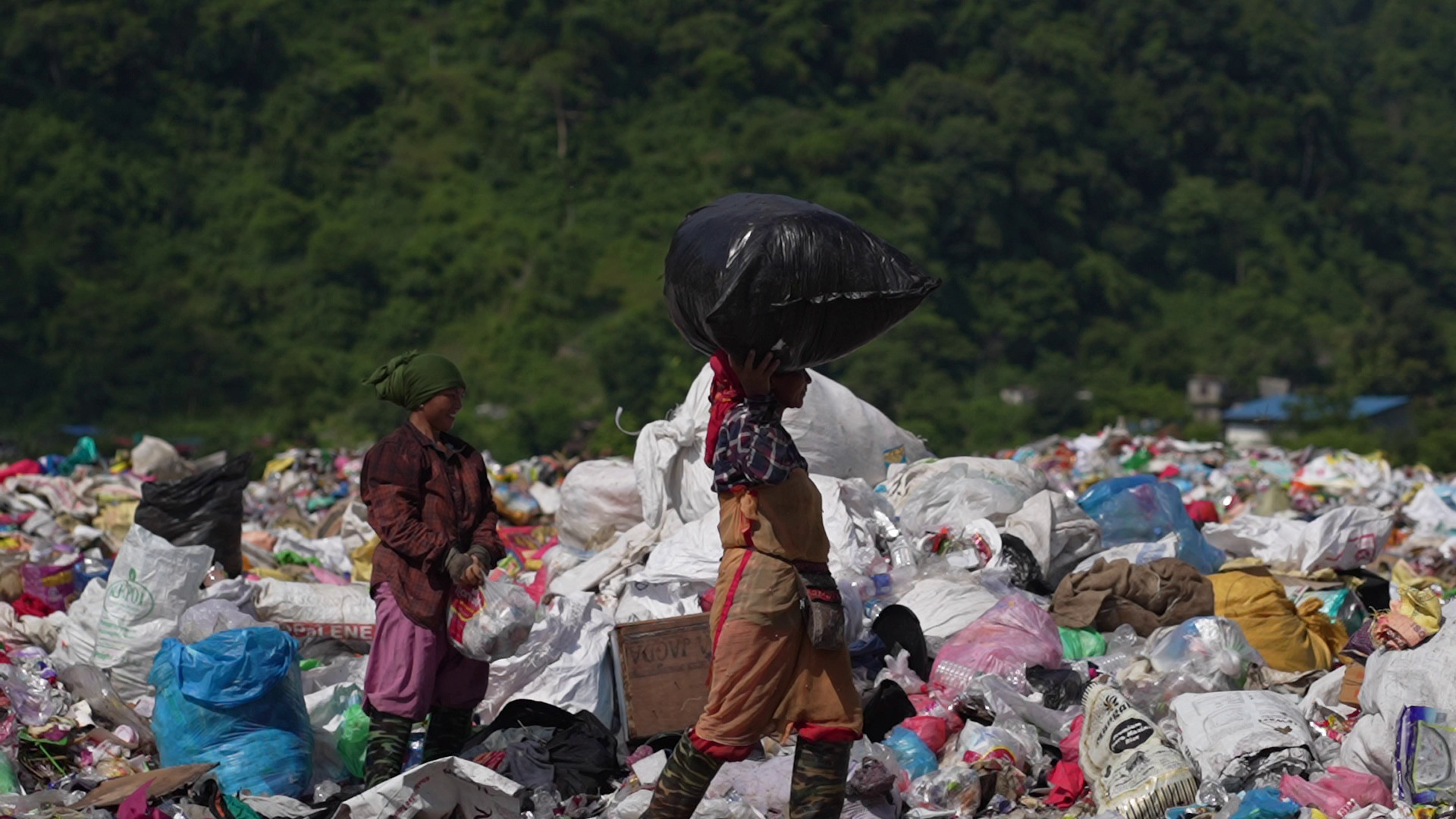
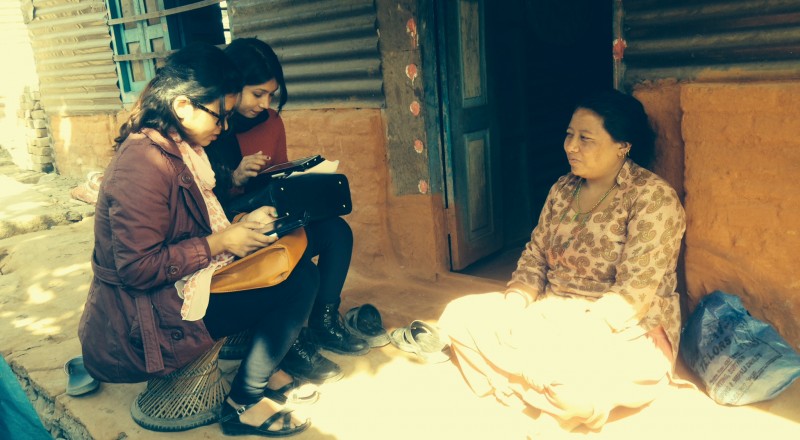
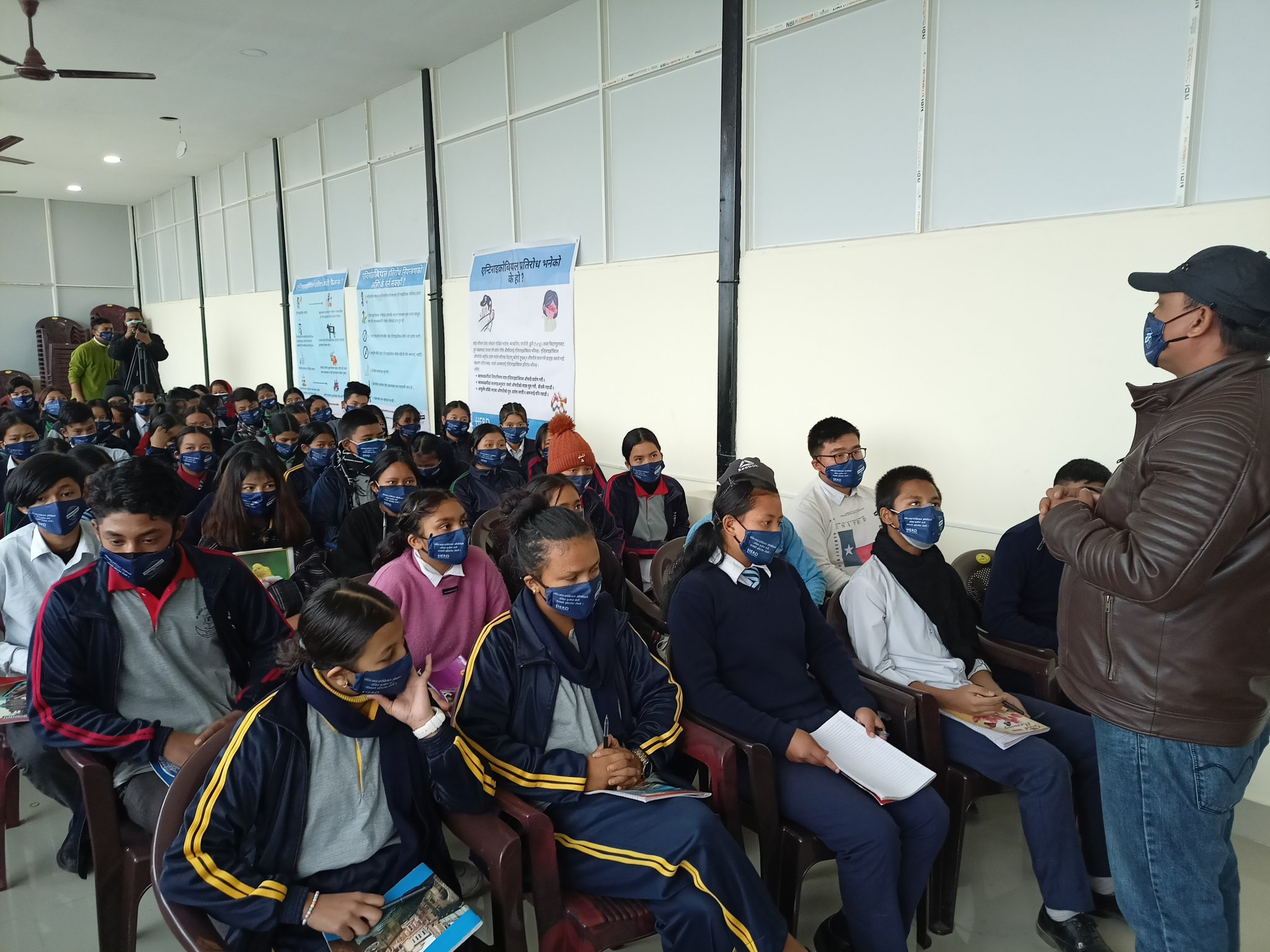
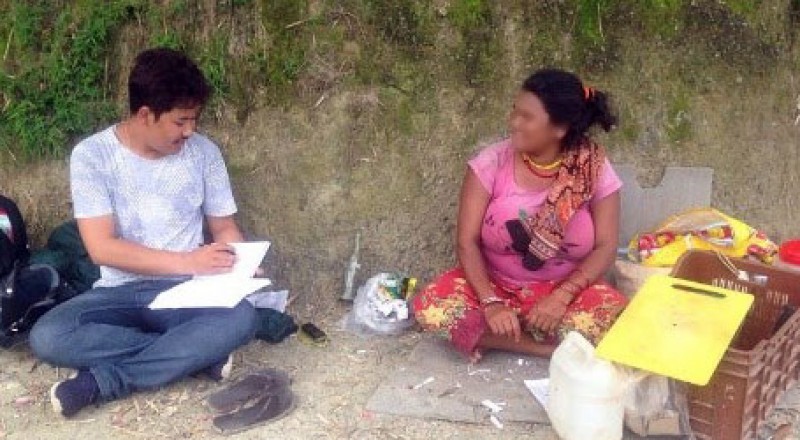


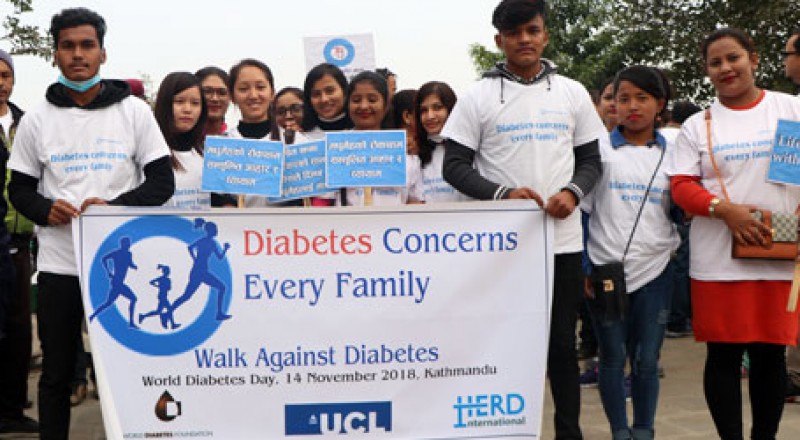
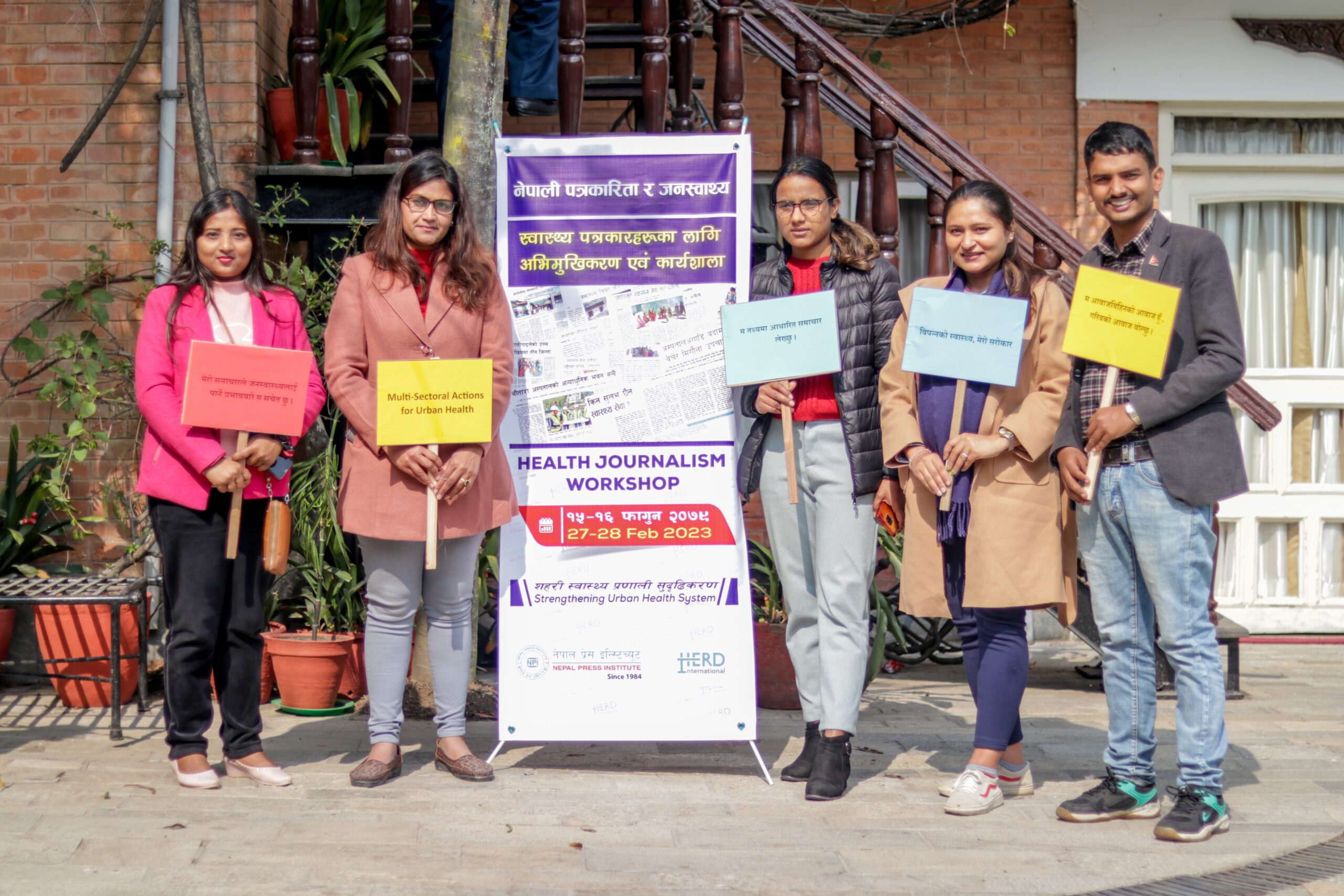
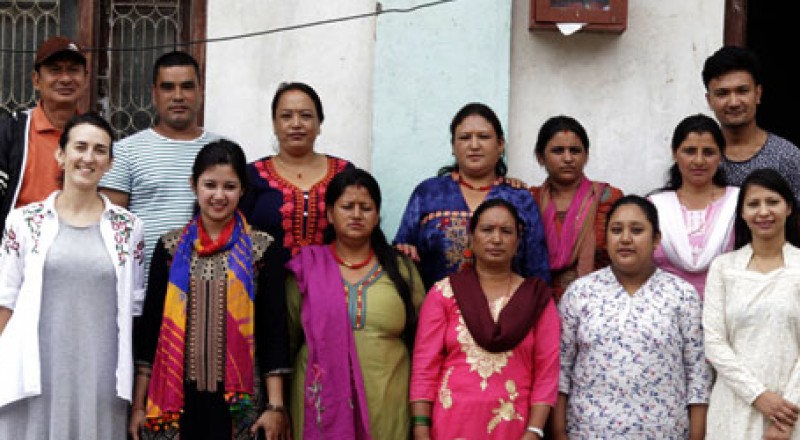
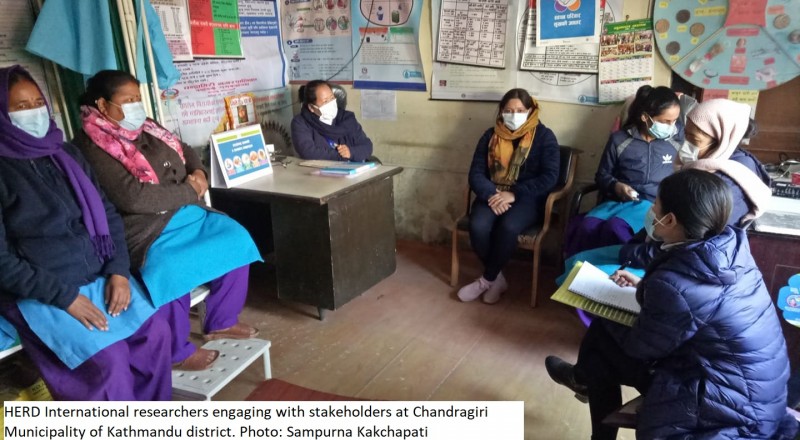
Comments (0)
No comments found.